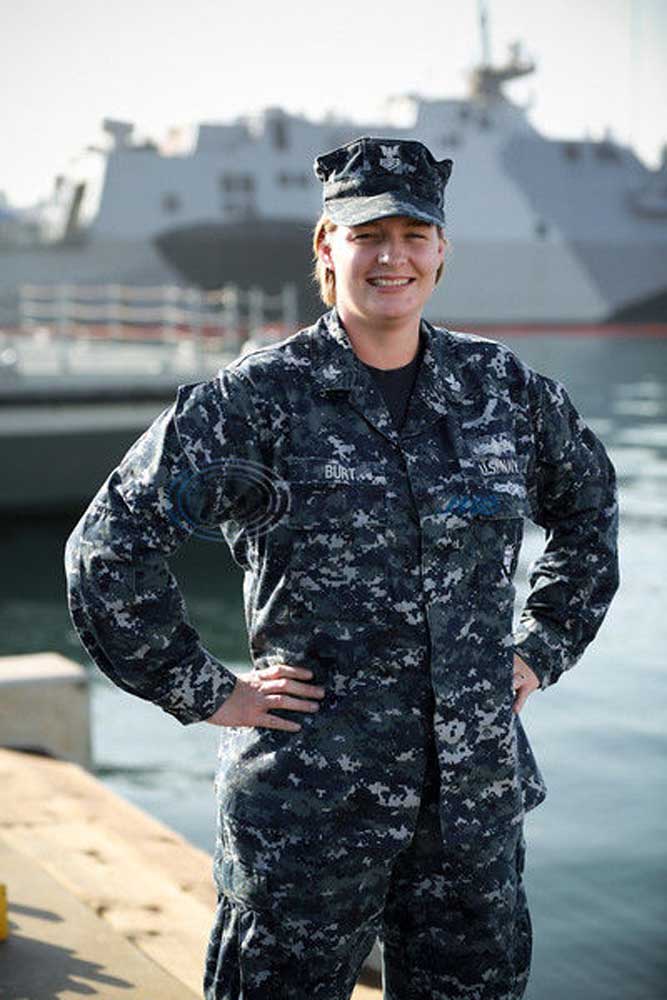Local sailor serves aboard one of Navy’s most versatile combat ships
Published 10:10 am Friday, March 14, 2014

- Petty Officer 1st Class Traci Burt, an aerographer's mate, serves aboard the San Diego-based littoral combat ship USS Independence (LCS 2).
SAN DIEGO – A 2005 Fruitvale High School graduate and Grand Saline native is serving in the U.S. Navy as part of a small crew working aboard one of the country’s most versatile combat ships.
Petty Officer 1st Class Traci Burt, an aerographer’s mate, serves aboard the San Diego-based littoral combat ship USS Independence (LCS 2). Burt is part of the 53-person crew, one of the two rotating crews, which allow the ship to be deployed more often without taxing one crew too much.
As a 26-year-old with numerous responsibilities, Burt is learning about herself as a sailor and a person. She is also getting a firsthand look at the high-speed, shallow draft multi-mission ship capable of operating independently or with an associated strike group. The littoral combat ship class is designed to defeat threats in coastal waters where increasingly capable submarines, mines, and swarming small craft operate. The USS Independence is 419 feet long and 104 feet wide and weighs nearly 3,100 tons. Twin gas turbine engines push the ship through the water at more than 40 knots.
“Everyone works well together,” said Burt. “The captain cleans just like everyone else on the crew. We all work as one cohesive group.”
The path to becoming an LCS sailor is a long one. Following an 18-month training pipeline, sailors have to qualify on a simulator that is nearly identical to the ship. The purpose for such realistic training is because with such a small crew, it’s important for sailors to report nearly fully qualified for their jobs.
“I went to my aerographer “A” school and “C” school initially,” said Burt. “Then I attended 20 more schools in one year in order to become LCS qualified.”
But more than just their primary job, Burt said it’s important for sailors to work together and do often do work outside their normal tasks.
As a member of the Navy’s first littoral combat ship, Burt and other Independence sailors know they are building a legacy that will last beyond their lifetimes.
“The littoral combat ship is the perfect platform for the Navy to meet the threats we face as we rebalance to the Pacific,” said Capt. Randy Garner, Commodore of Littoral Combat Ship Squadron (LCSRON) 1, based in San Diego. “I like to think of the LCS as a ‘pick-up truck’, capable of changing out mission packages as the situation warrants. Alongside speed and maneuverability, the flexibility of LCS is an advantage. The Sailors assigned to them, whether crew or part of one of the mission package detachments, epitomize the ‘can-do’ spirit of LCS.”
Burt said it is an exciting time to be in the Navy, and serving aboard a first-of-its kind ship is something she never expected to be doing just a couple years ago.
“It definitely taught me to be a part of a team,” said Burt. “It also helped develop my leadership skills and further establish love for my country and self.”
Through innovative planning, the design of systems, and crew requirements, the LCS platform allows the fleet to increase forward presence and lower personnel costs than with other, larger ships manned with more sailors.






